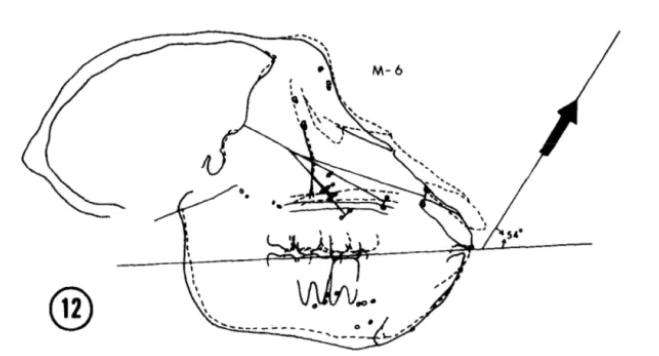Face Pulling
Improve your facial appearance with mewing and orthodontic headgear.
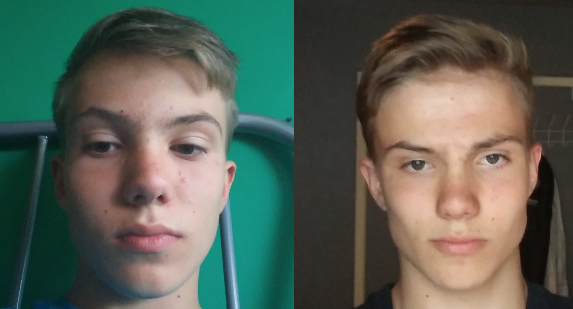
Craniofacial dystrophy is a condition that affects many if not most of the population in developed countries. It is caused by having a recessed maxilla which deteriorates facial appearance and impairs breathing ability. Our mission is to increase awareness of this condition and popularize two techniques to help reduce its prevalence: mewing and orthodontic headgear. We provide tools and information to fight craniofacial dystrophy and help people improve their facial appearance and breathing ability.
Face Pulling and the Maxilla
Face pulling is a technique used to move the maxilla up and forward to make the face more attractive, improve breathing and enable proper tongue posture.
The maxilla is the bone that forms the upper jaw, which heavily influences appearance because it makes up most of the face. Having a well-developed maxilla is essential to having a beautiful face because it provides prominent cheekbones, a wide smile, and a chiseled jaw.
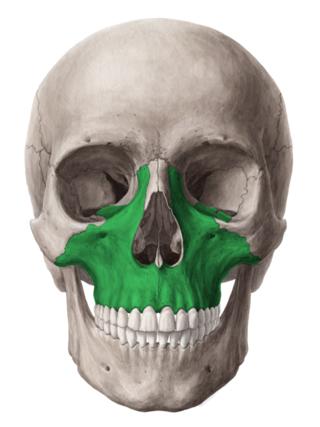
On this website, we discuss two facial remodeling techniques to improve the development of the maxilla: mewing and orthodontic headgear. We also provide a compilation of mewing results and headgear results from people who have achieved progress using these techniques. Our goal is to provide the tools necessary to help people improve their facial appearance and breathing ability.
The Mewing Appliance ™
Mewing is a do-it-yourself facial restructuring technique that involves the mindful placement of the tongue to improve facial appearance. According to the Tropic Premise, maintaining proper tongue posture consistently by flattening the tongue against the roof of the mouth improves facial esthetics by expanding the maxilla. The Mewing Appliance ™ is a tool designed to maintain perfect tongue posture consistently and help improve facial appearance and breathing ability.
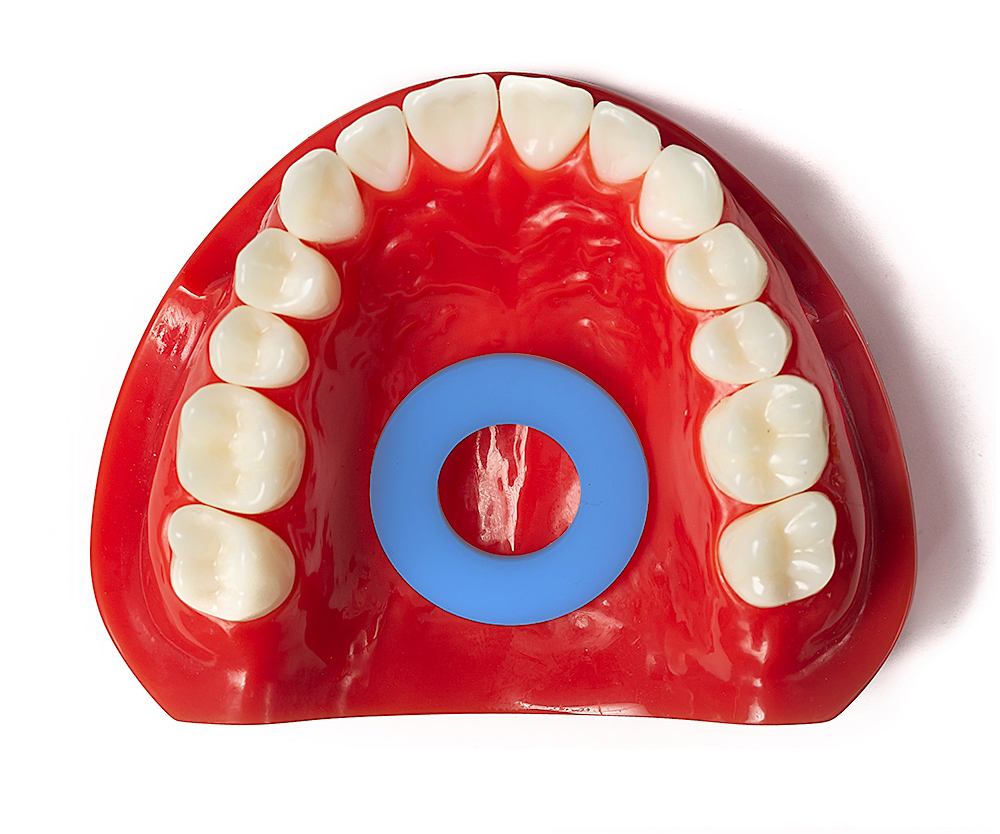
The Maxilla and Facial Beauty
The maxilla is the bone that has the most influence on facial beauty because of its central location in the skull. A well-developed maxilla is wide, forward set, and propped upwards. This is opposed to a recessed maxilla, which is narrow, retruded, and swings downward. Having a well-developed maxilla is desirable because it makes the face more beautiful, allows for breathing through the nose, and helps in maintaining proper tongue posture. Because of its proximity to the other bones in the skull, a properly developed maxilla leads to chiseled cheekbones, well-supported eyes, a wide smile, and a straight nose.
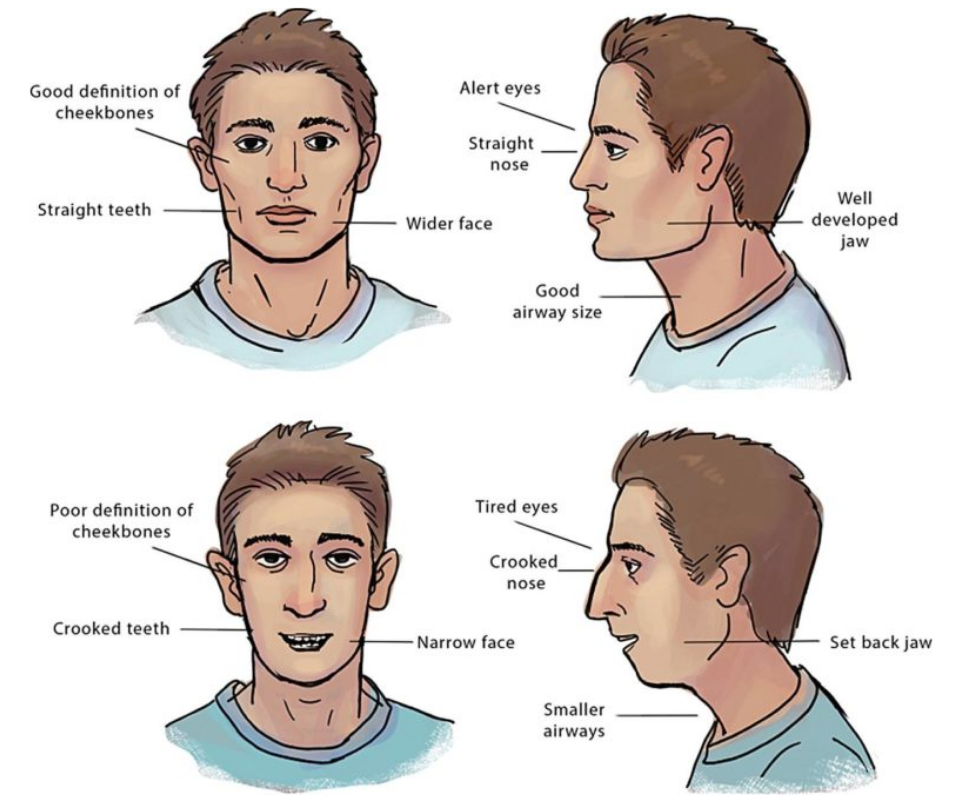
Orthodontic Headgear
An orthodontic headgear is a device that applies high forces to the upper jaw to help remodel the maxilla and move it to a more favorable position. This technique is particularly effective in children because their faces are still growing. However, research has shown that facial bones remain malleable until the eight decade of life and that it is possible to remodel the maxilla of adults with tools such as an orthodontic headgear.
Face Pulling in Adults and in Children
Remodeling the maxilla is a procedure that is routinely practiced on children and it tends to achieve great results. This picture shows the results achieved on a patient treated with Orthotropics, a technique that aims to improves the facial growth of children by guiding the development of the maxilla. The biggest advantage of Orthotropics is that it tends to achieves stunning esthetic improvements that would otherwise be impossible with a traditional orthodontic treatment.
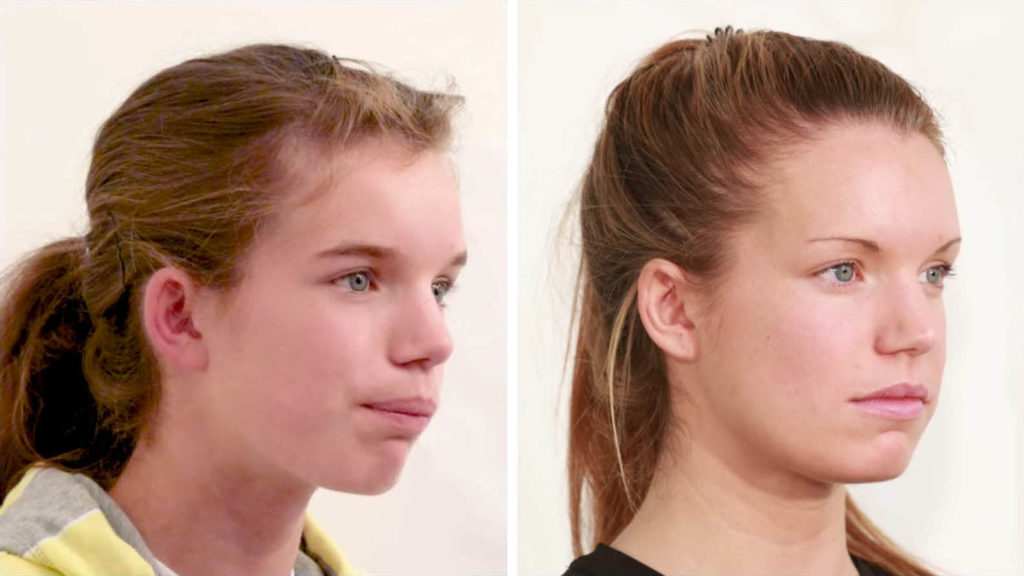
For adults, however, the process of remodeling the maxilla is more challenging because of growth cessation. That being said, studies show that facial bones remain malleable and even naturally remodel themselves throughout adulthood. This is promising because it supports the idea that, even though it requires more time, remodeling the maxilla of an adult is indeed possible.
The Symptoms of a Recessed Maxilla
The most prominent symptoms of a recessed maxilla consist of a narrow smile, a long face, sunken cheeks, and tired eyes. Sadly, due to mouth breathing habits and our soft modern diet, a large amount of the population suffers from an underdeveloped maxilla. The patient in the picture below underwent LeFort I surgery, which is a procedure that moves the maxilla forwards. We can see the drastic improvement in facial esthetics that come from a well-positioned maxilla. This patient depicts the two extremes of maxillary development to illustrate the dramatic effect that this bone has on facial appearance. We can see that having a wide and forward-set maxilla is the cornerstone of exceptional facial beauty.
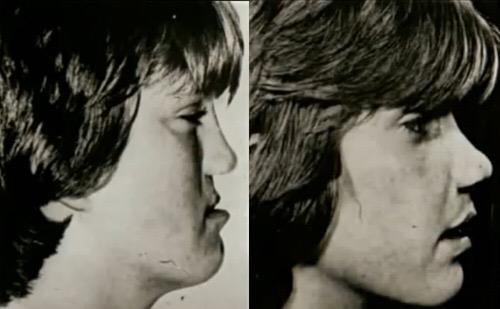
Although the source is unkown, the woman below also achieved a dramatic facial esthetic improvement from remodelling of the maxilla. It is likely that this was also the result of maxillofacial surgery.

In addition to facial esthetics, the maxilla has a large impact on a person’s ability to breathe. Having an recessed upper jaw reduces the size of the airway, which makes it difficult to breathe through the nose and can cause snoring at night. This further damages a person’s facial appearance because being unable to breathe properly during the night causes baggy eyes. In the most severe cases, a recessed maxilla will even cause sleep apnea, which can be a debilitating condition that is difficult to treat. The picture below shows a patient that got their maxilla expanded by using the DNA Appliance. We can see the size of the airway in red, which as greatly increased due to the expansion of the maxilla. This results in an improved breathing ability for the patient which helps them maintain proper tongue posture, sleep more comfortably and reduces the severity of baggy eyes.
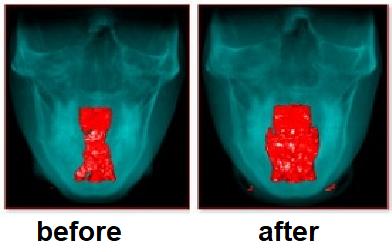
Surgical Approach to Remodeling the Maxilla
It is also possible to remodel the maxilla of an adult through surgery. For example, Surgically Assisted Rapid Palatal Expansion (SARPE) consists of surgically splitting the palate in half and then widening the maxilla with a rapid palate expander. This is the traditional method of expanding the palate of an adult and it requires braces after the surgery.
Another option is the Miniscrew-Assisted Rapid Palatal Expander (MARPE), which consists of implanting screws to the roof of the mouth and then widening the maxilla by pulling them apart. This treatment is being pioneered by Dr. Won Moon and colleagues at the University of California. This treatment is particularly interesting because it does not involve splitting the palate surgically. This means that the maxilla remodels naturally due to the external forces that are being applied.
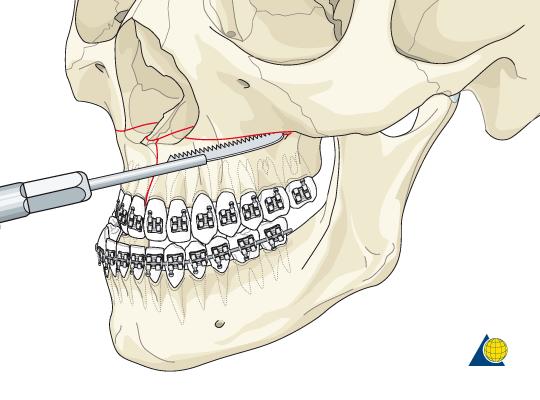
Remodeling the Maxilla Without Surgery
Evidence suggests that it is possible to remodel the maxilla of an adult without performing surgery. Although it is more difficult to achieve on adults than on children, it seems that the maxilla is a malleable bone that can undergo natural remodeling even into late adulthood. Indeed, Wolff’s law states that bone in a healthy individual will adapt to the loads under which it is placed. If loading on a particular bone increases, the bone will remodel itself over time as an adaptation to that sort of loading. With respect to Wolff’s law, we use mewing and orthodontic headgear to apply a constant force on the maxilla and remodel it. Our goal is to improve the development of the maxilla to achieve an improved facial appearance and breathing ability.
The picture below demonstrates Wolff’s law and shows that it is possible to achieve dramatic bone remodeling on adults. This man was kicked by a horse which caused swelling under his eye that slowly increased in size. Over the years, his skull was grossly deformed because of the forces exerted on it from the swelling. Although we do not expect such drastic changes from mewing or orthodontic headgear, it seems to indicate that bone remodeling is achievable without surgery.
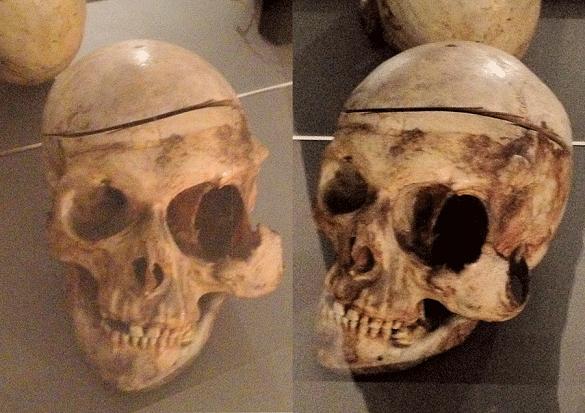
Dr. Ravindra Nanda conducted an experiment to measure the extent of bone remodeling that can occur on adult primates. To do so, they used an orthodontic headgear to apply a forward force on the maxilla of three adult monkeys. They applied 500g of force to the palate of the animals for 4 months and compared x-rays before and after the treatment. Results of the experiment show drastic changes in the monkeys’ facial bone structure, which suggests that the maxilla is susceptible to remodeling even in adult individuals.
